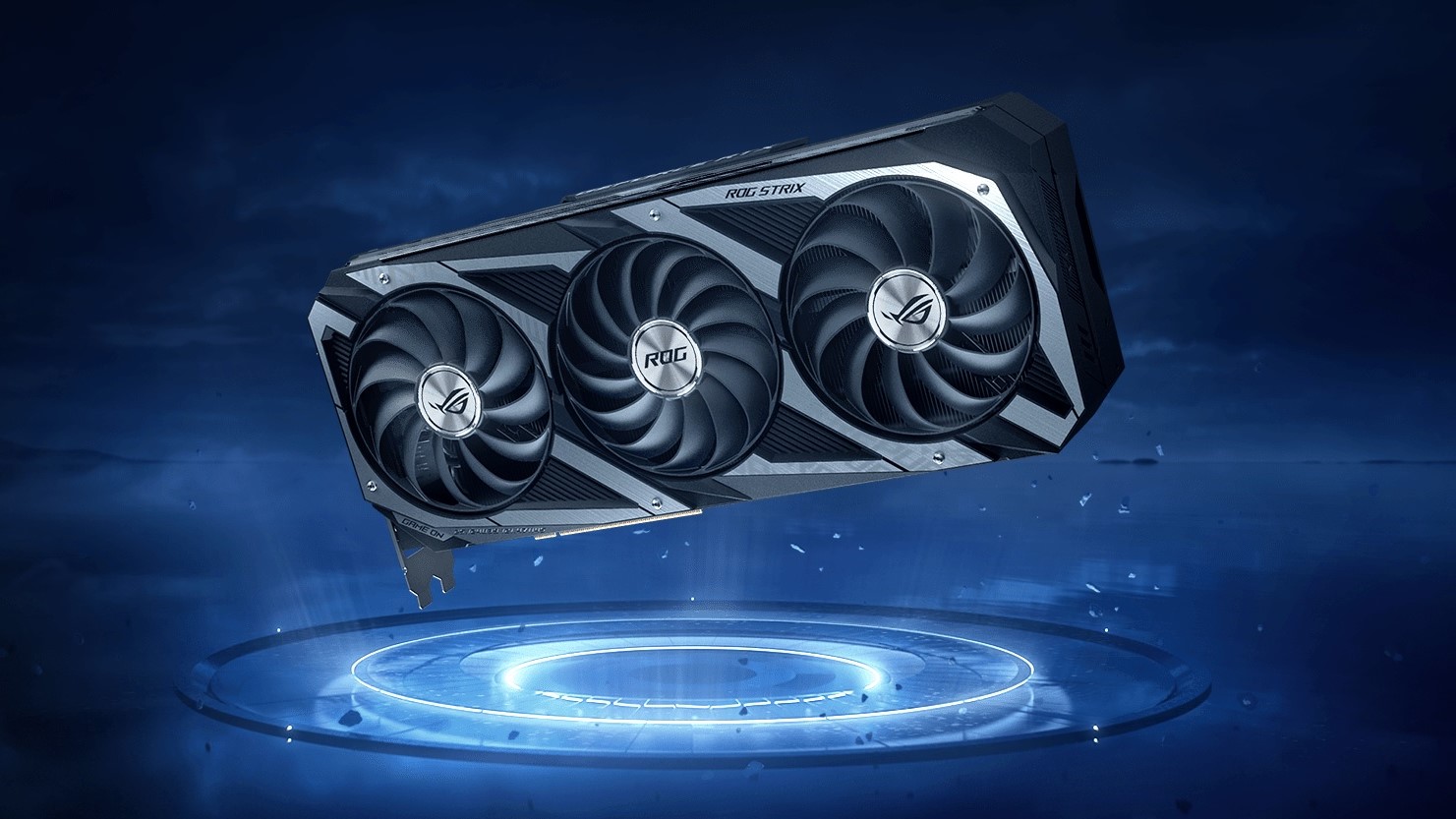Nvidia GeForce RTX 3080 successors could have monster power requirements
Next-gen Nvidia and AMD graphics cards are rumored to require PSU upgrades

With it being so hard to find where to buy the Nvidia GeForce RTX 3080, and shortages likely to continue for months, one possible course of action is to wait for Nvidia and AMD’s next-gen flagship graphics cards. However, according to a new rumor, you may need to check that your power supply is up to the task.
Twitter-based leakers @kopite7kimi and @greymon55 both suggested that the Nvidia AD102 GPU, the likely basis of the Nvidia Lovelace next-gen GPUs, could draw over 400 watts by itself. By comparison, the Nvidia GeForce RTX 3080 is rated for 320 watts, while the GeForce RTX 3080 Ti is rated for up to 350 watts.
- Find where to buy the Nvidia GeForce RTX 3070
- Check out the best gaming laptops
- Plus: Nvidia GeForce RTX 3080 facing price rise — but future GPUs could be easier to buy
AMD’s equivalent models may be a lot more power-hungry too. Piecing together clues from Boondrewd, a Beyond3D forum user with apparent insider knowledge, German site 3D Center calculated that the AMD Navi 31 processor could slurp up to 420-450 watts.
400 is not enoughJuly 29, 2021
Now, this should all be taken with even more salt than the average GPU rumor; power consumption can change during development, and kopite7kimi even tweeted that they “don’t know exactly” how much electrical juice the Nvidia AD102 might need. This is one of the more reliable leakers for PC hardware, though we’re unfamiliar with Boondrewd.
Still, creeping power requirements may remain a concern for PC owners with cheaper PSUs. While everyday GPU usage won’t have you constantly butting up against your card’s TDP (thermal design power, the maximum heat output of a component in watts), it is good practice to use a power supply that can adequately fuel all of your rig’s different parts when they’re at full load.
That’s why Nvidia recommends a 750W PSU for the GeForce RTX 3080; alone, it’s never going to draw even half of that, but there needs to be headroom for your CPU, motherboard, cooling, storage and everything else. For many PC configurations it’s possible to get away with a 650W supply. But if the next generation of graphics cards is going to require significantly more power, you may end up needing to upgrade your PSU just to enable the new GPU to run at its best.
In any event, potential buyers will have time to think about it. Both Nvidia and AMD aren’t expected to launch their next-gen GPUs until 2022, with AMD CEO Dr Lisa Su recently confirming when to expect RDNA and Zen 4 hardware.
Get instant access to breaking news, the hottest reviews, great deals and helpful tips.
- More: Valve Steam Deck release date, price, pre-orders, games and latest news

James is currently Hardware Editor at Rock Paper Shotgun, but before that was Audio Editor at Tom’s Guide, where he covered headphones, speakers, soundbars and anything else that intentionally makes noise. A PC enthusiast, he also wrote computing and gaming news for TG, usually relating to how hard it is to find graphics card stock.
